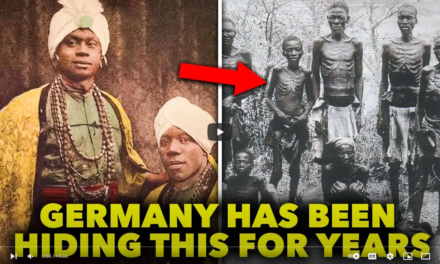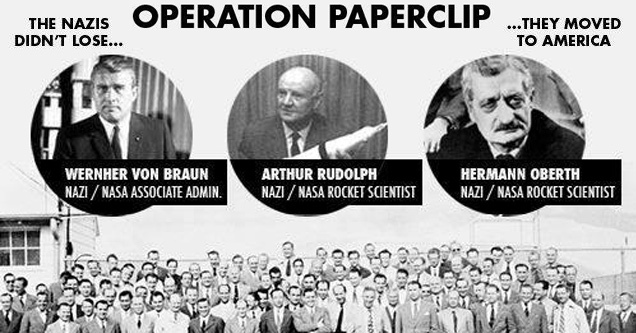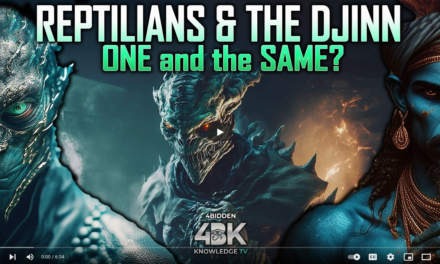Operation “Paperclip Declassified”
As World War II was winding down and the dust began to settle, the United States pulled off a slick covert move they dubbed “Operation Paperclip.” This hush-hush operation aimed to cash in on Nazi Germany’s scientific expertise, with the goal of beefing up American defense, research, and space exploration capabilities for the long haul.
Background and Objectives:
When the war’s embers were cooling off, the big players on the global stage, especially the U.S. and the Soviet Union, were already keeping a close eye on the spoils of war. They both knew that the German tech game was strong. So, in 1945, Operation Paperclip was the U.S.’s ace in the hole.
The main game plan was to scout and relocate top-tier German scientists, engineers, and tech wizards to the good ol’ U.S. of A. This move was aimed at keeping their know-how away from the Soviet Union and stopping any potential German power revival.
Key Players and Achievements:
Operation Paperclip snagged a crew with heavy skills, but a few names were the real heavy hitters:
Dr. Wernher von Braun: This guy was the head honcho of the operation. He was the brains behind the V-2 rocket for Nazi Germany. After touching down in the U.S., he was the linchpin for building up the American space program, which eventually led to the epic Apollo moon landings.
The Impact on American Progress:
Bringing in these German experts was a game-changer for the United States. Here’s where they really turned the tables:
- Aerospace Technologies:
– The German squad laid down the groundwork for what would later become NASA and powered the U.S. all the way to that historic moonwalk. - Missile and Defense Systems:
– Beyond conquering space, these scientists had a massive impact on the U.S. missile technology, a crucial factor during the tense Cold War era. - Ethical Dilemmas and Debates:
– No doubt, Operation Paperclip was a major win for the U.S., but it came with some shady baggage. Many of the scientists who got on board had connections with the Nazi Party and some had even been knee-deep in war crimes, like running gruesome experiments in concentration camps.
The U.S. government, hungry for that tech supremacy, often turned a blind eye to these dark chapters. Over the years, this ethical fuzziness has become a hot topic for debate and contention.
Here’s a video from the Politics & Prose joint in D.C. where Annie Jacobsen’s is giving some knowledge about her book, Operation Paperclip. She’s breaking it down, taking questions, and even catching some flak from someone in the crowd who’s saying she didn’t check her facts. Sounds like they planted that hater to mess with her, but believe me, Annie’s got her ducks in a row. Her stuff’s been fact-checked like a hundred times. Long story short, the Nazi vibes didn’t die after World War II. They straight-up smuggled that ideology into the USA and other spots worldwide.
Conclusion:
Operation Paperclip is a textbook example of how the worlds of science, ethics, and geopolitics can tango. It’s a part of history that mixes respect for the scientific leaps it enabled with some serious soul-searching about the moral lines crossed along the way.
As you dig into these declassified files and video, you’ll get the full scoop on Operation Paperclip, revealing the scope and intricacies of this pivotal moment in history. It’s a story that shows how far we’re willing to go for knowledge and where we draw the line when it comes to justice.



















